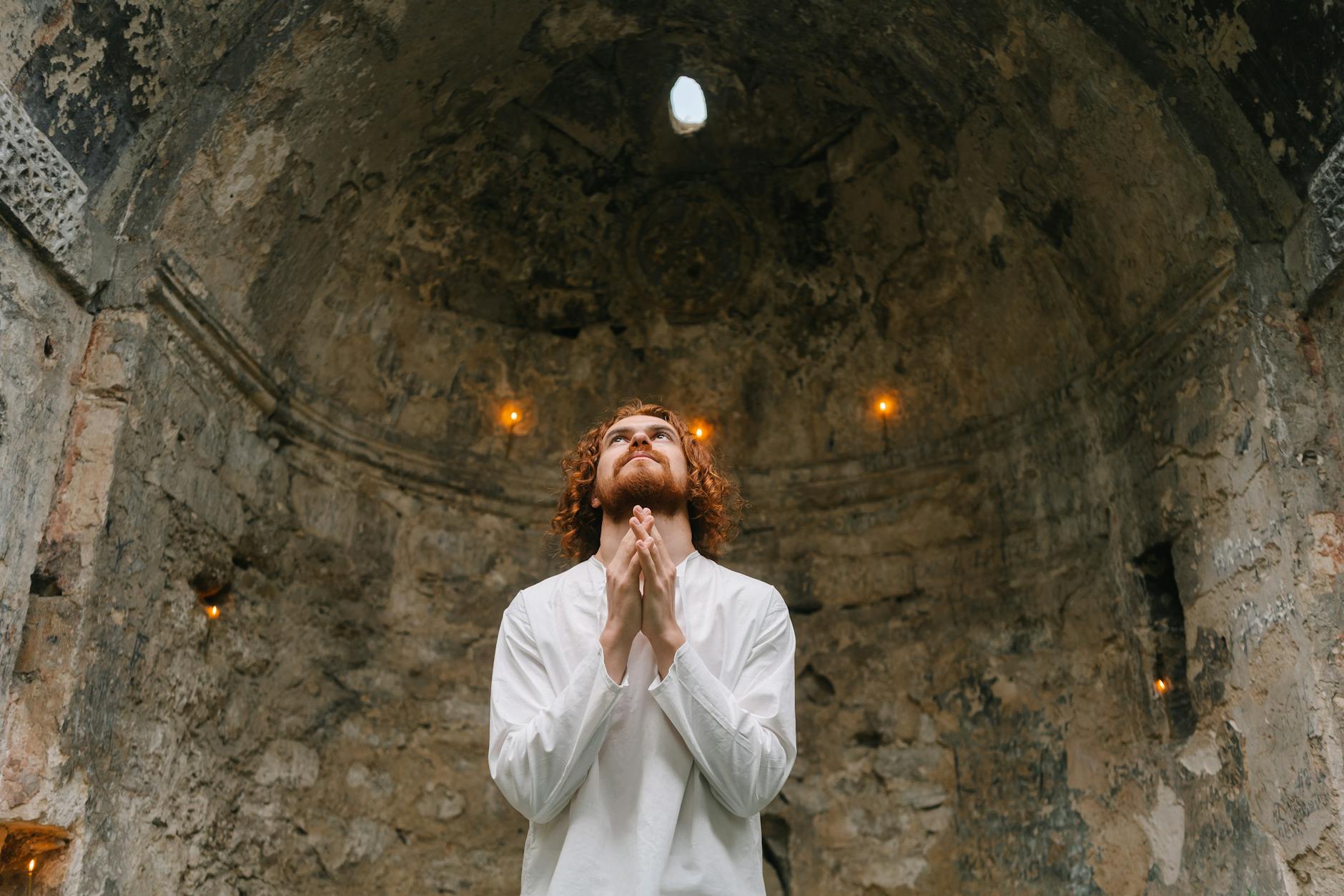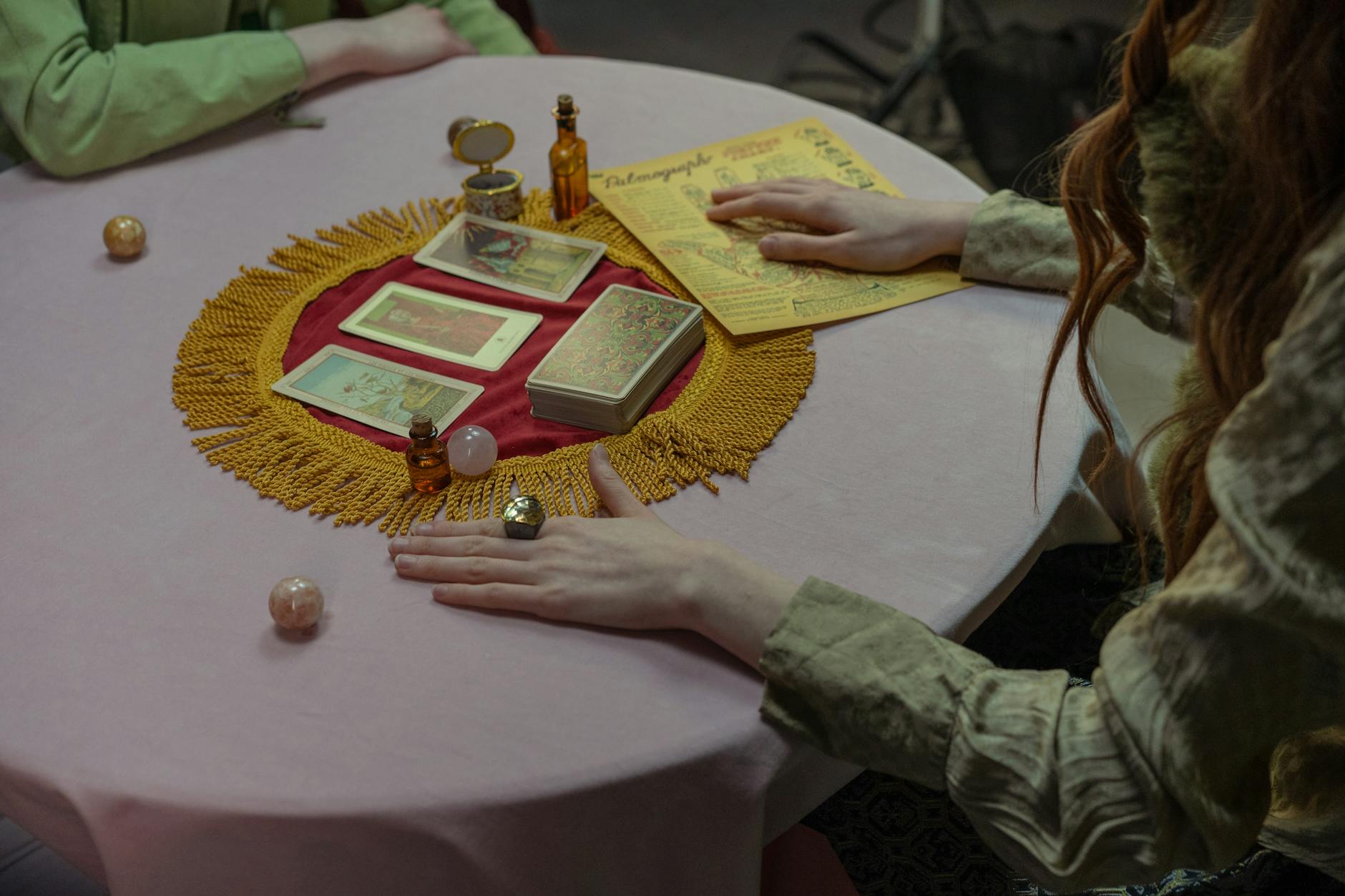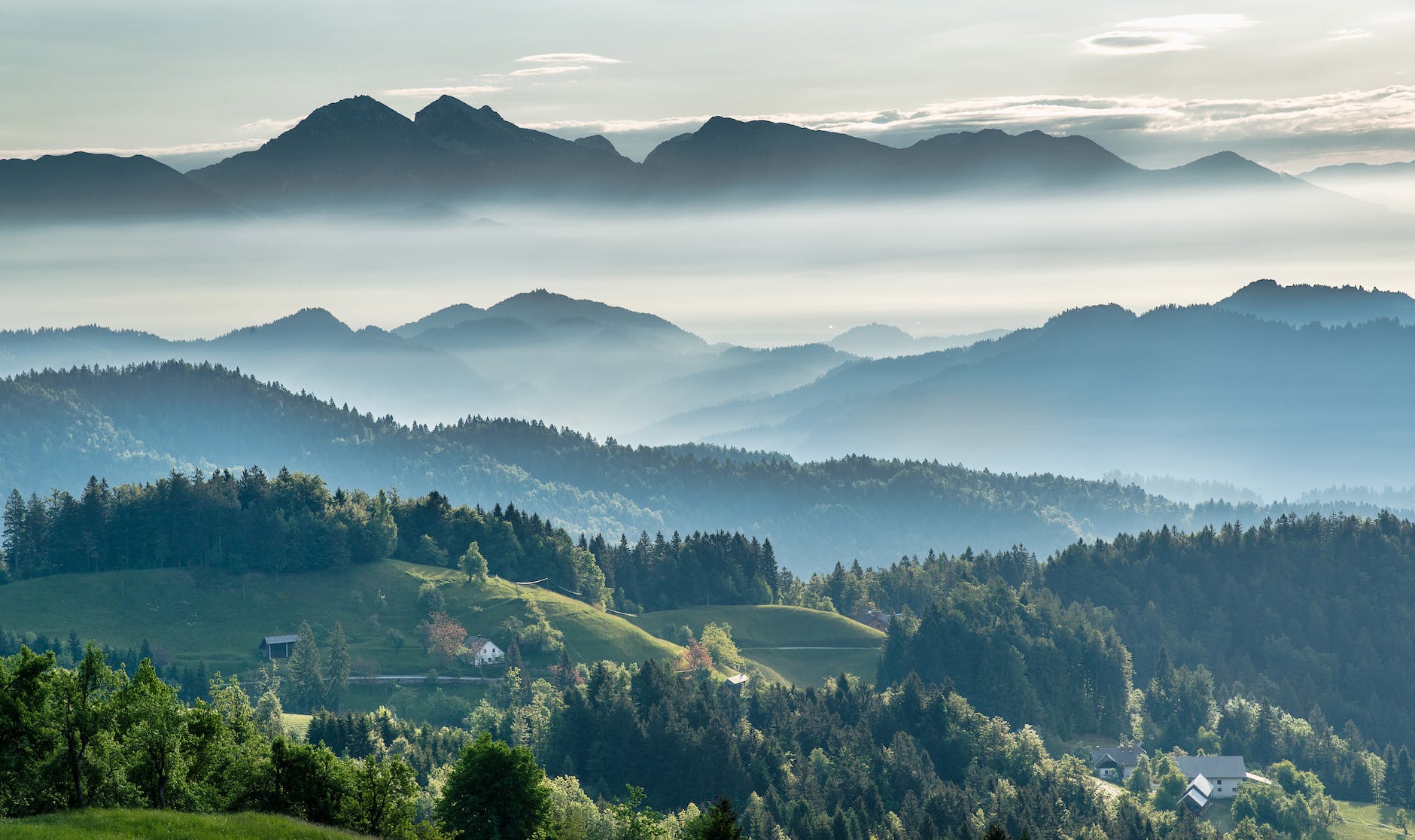The captivating blend of vibrant colors, intricate patterns, and seemingly alien panoramas often characteristic of psychedelic art is more than a mere feast for the eyes. This type of art often serves to unlock spiritual dimensions and provide a glimpse into altered states of consciousness, bridging the gap between the tangible and the metaphysical.
Psychedelic art is a form of spiritual art that often reflects mystical experiences, providing an external manifestation of internal states of consciousness that are not easily depicted or communicated. The relationship between psychedelic art and spirituality ostensibly lies in the capacity of these works to represent transcendence and spiritual awakening, taking viewers on a journey beyond the physical plane to explore the depths of consciousness, perception, and reality.
Historically, this fascination with altered states of consciousness has been inherent in numerous cultures. From ancient ceremonies to religious rituals, the use of hallucinogenic substances to achieve differing states of perception has been an intrinsic part of human tradition. Much like psychedelic rituals practiced in indigenous cultures, psychedelic art aims to encapsulate the profundity of these experiences, serving as a visual translation of these celestial spaces.
A prime example of this pairing is the exploration of sacred geometry, a concept that delves into the patterns, shapes, and ratios that are integral to the natural world and consciousness. Mirroring the designs often encountered during psychedelic experiences, sacred geometry is often used in psychedelic or visionary art to represent the intricate patterns of existence and the intricate interplays of reality. Artists like Alex Grey, for instance, masterfully employs sacred geometry in his work, forming a bridge between physical reality and spiritual realms.
The integral role played by shamanism in the exploration of psychedelic art illuminates its spiritual foundation. Shamanic traditions, including the use of psychoactive plants, have long been seen as a pathway to spiritual enlightenment. Artists such as Pablo Amaringo have galvanized this connection, creating visionary art based on their own shamanic experiences with plant medicines. Consequently, transcending the limitations of language, these artists deliver a visual representation of their profound spiritual encounters.
However, psychedelic art is not merely about attaining transcendence through substance use or shamanistic practices. On another level, it’s about invoking an expanded notion of consciousness that transcends traditional limits and realms of understanding, thereby providing a conduit for spiritual awakening. This is evident in the emergence of visionary art movements that seek to depict spiritual experiences and complex dimensions of consciousness beyond the limitations of words and conventional artistic techniques.
Notably, organizations like the Chapel of Sacred Mirrors (CoSM) aim to foster spiritual awakening and enlightenment through the medium of art. This collective, founded by visionary artists Alex Grey and Allyson Grey, seeks to promote a global community through the shared experience of art and creativity, reaffirming the collective spiritual bond that binds humanity.
Indeed, the nexus of psychedelic art and spirituality emphasizes the shared core of these fields – a universal longing for connection and understanding. Whether through the incorporation of sacred geometry, the depiction of mystical experiences, or the celebration of shamanistic practices, psychedelic art extends an open invitation to all to embark on a sensory exploration of spiritual dimensions.
Despite its undeniably enigmatic nature, one thing remains vivid — psychedelic art, in its many forms, provides a visually arresting, tangible representation of the unseen, intangible elements of spirituality. It is a sensory journey of self-discovery, a carrier of profound messages from alternate realities, and an enduring testament to humanity’s pursuit of spiritual transcendence.
From a broader perspective, psychedelic art and spirituality’s intricate relationship symbolizes the human longing for transcendence and spiritual enlightenment. So, whether you’re a seasoned explorer of alternate realities or a curious observer, engage with the rich tapestry of psychedelic art. Who knows what form your next spiritual awakening may take?







